Rodents may look small and harmless, but these critters can be major carriers of diseases that impact both humans and animals. From urban areas to rural landscapes, they’ve mastered the art of survival, but their ability to spread bacteria and viruses is no small concern.
1. House Mouse: The Tiny Intruder with Big Risks
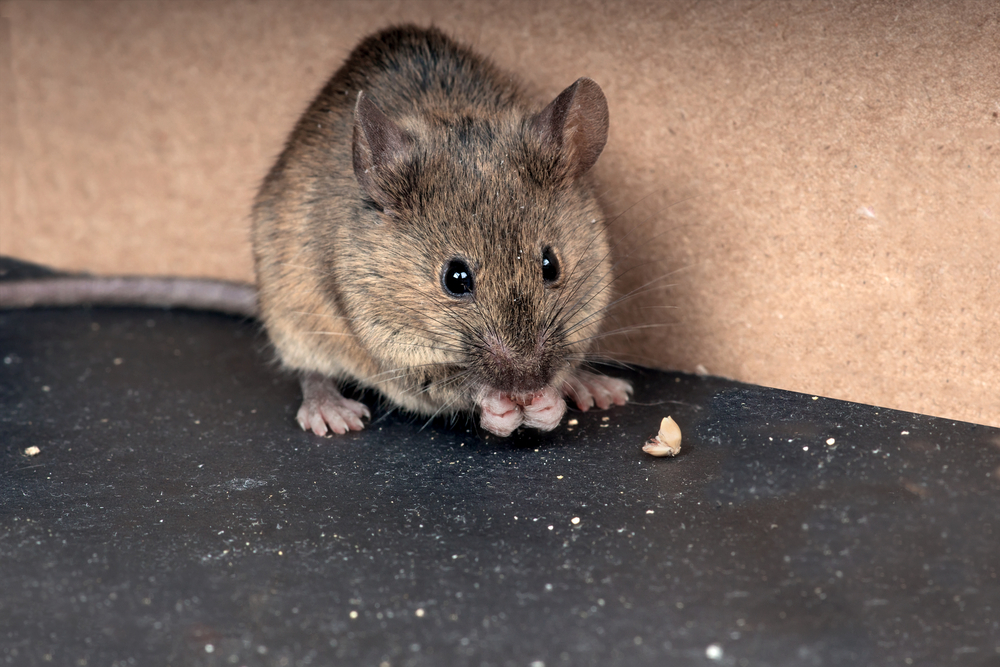
House mice may seem like innocent, whiskered visitors, but these tiny creatures are notorious carriers of diseases like hantavirus, salmonella, and lymphocytic choriomeningitis (LCMV). Found in urban and suburban homes, they’re experts at squeezing into tight spaces and contaminating food supplies. Their droppings and urine are the biggest culprits for disease transmission, making proper sanitation critical if they invade your home.
2. Norway Rat: The Sewer Resident Turned Houseguest
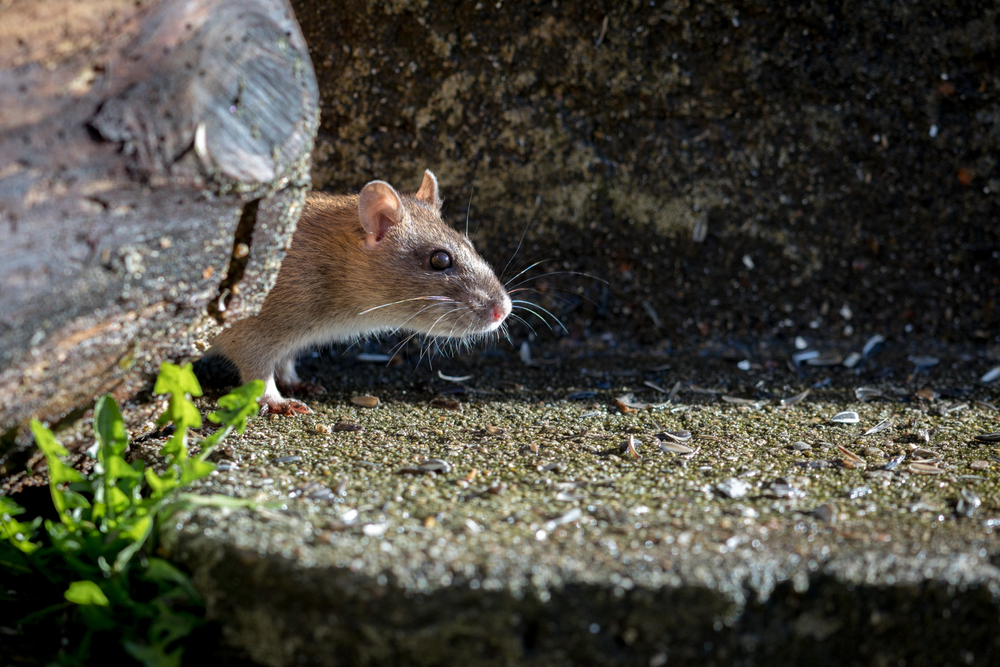
Also known as the brown rat, the Norway rat thrives in urban environments, particularly near sewers, garbage dumps, and basements. These robust rodents are infamous for spreading leptospirosis, rat-bite fever, and bubonic plague through their droppings, urine, and fleas. Their aggressive nature and ability to gnaw through almost anything make them a pest to avoid at all costs.
3. Roof Rat: The Agile Carrier of Contamination
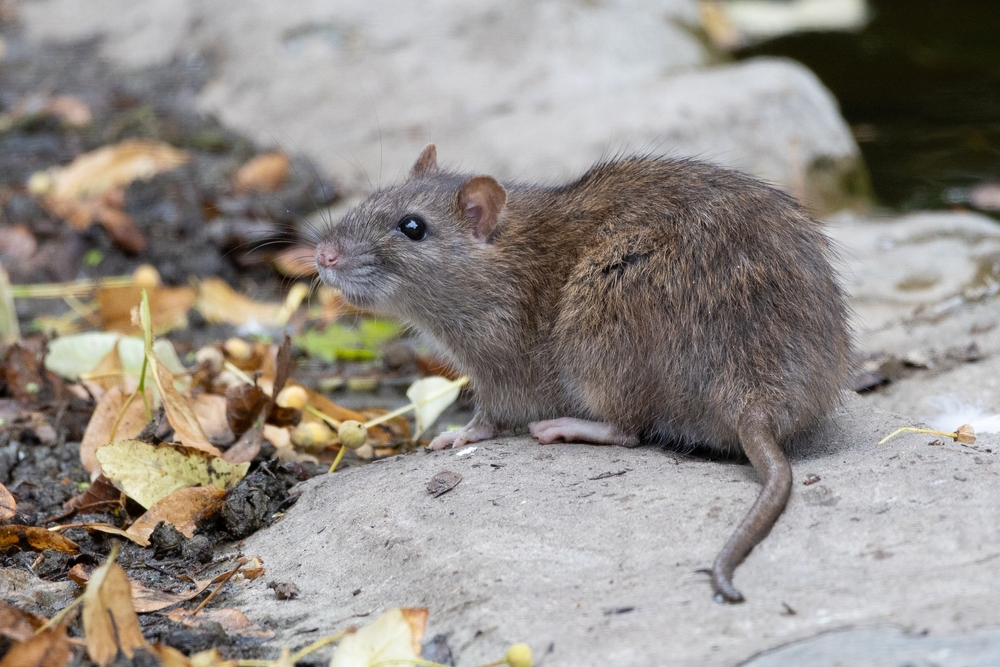
Roof rats, or black rats, are known for their climbing abilities and love of high places like attics, roofs, and trees. They’re common carriers of diseases such as typhus, salmonella, and bubonic plague. Their droppings and nesting habits can contaminate food and water supplies, making their presence a serious health hazard.
4. Deer Mouse: The Cute but Dangerous Hantavirus Host
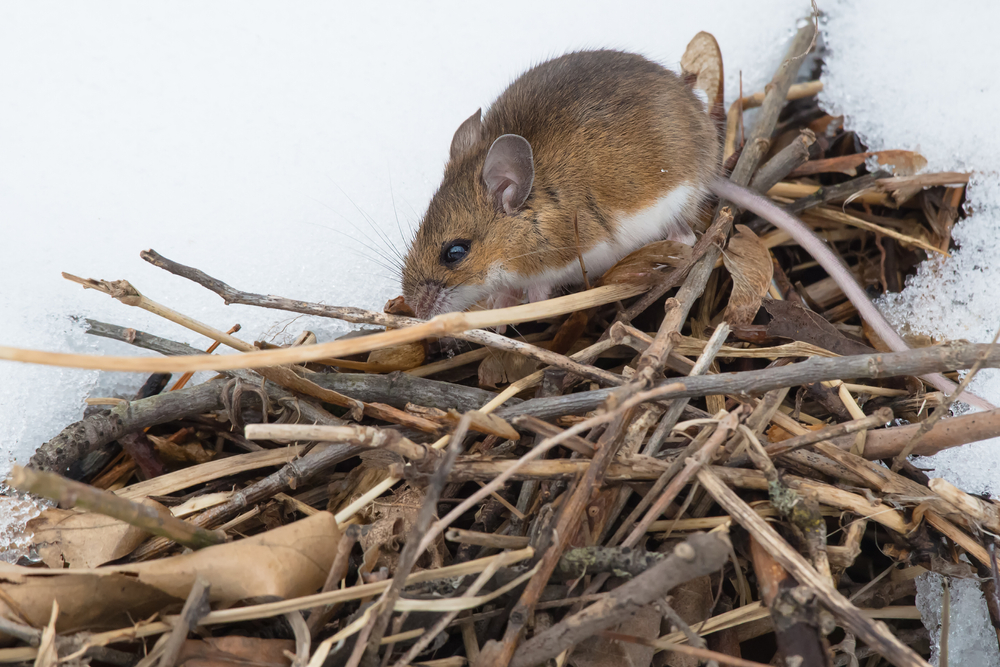
Don’t let the deer mouse’s wide eyes and soft fur fool you—this rodent is a primary carrier of hantavirus, a potentially fatal respiratory disease. Found in rural areas, deer mice often inhabit cabins, sheds, and other outbuildings. Their droppings and urine can release the virus into the air, making clean-up without proper protection extremely risky.
5. Cotton Rat: The Field Dweller with a Deadly Reputation
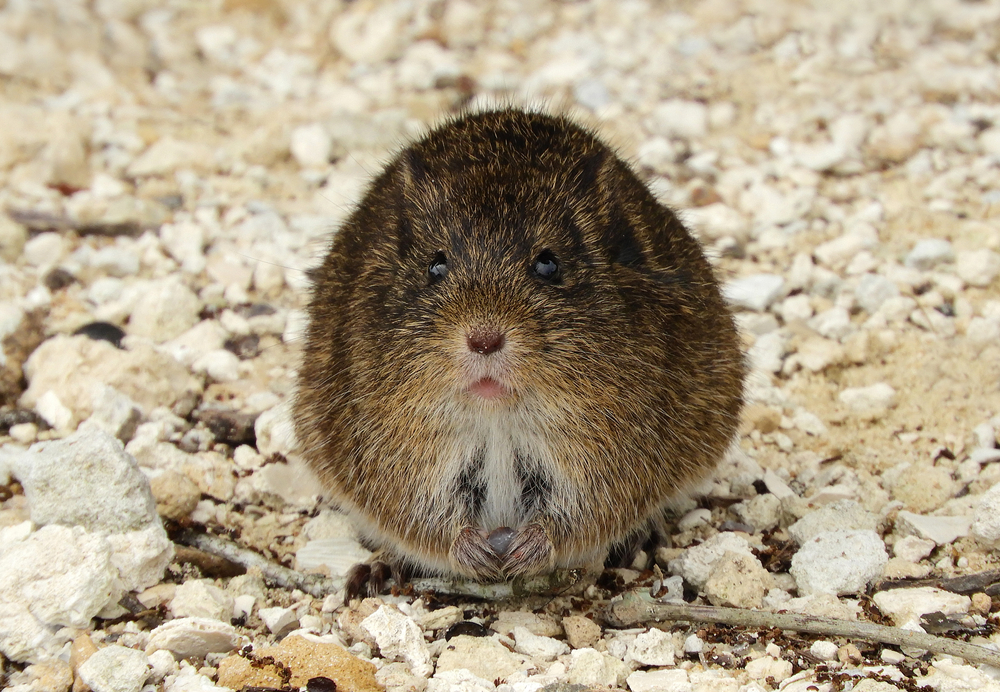
Cotton rats prefer grassy fields and rural environments, but their proximity to humans can bring trouble. These rodents are known carriers of hantavirus and other viral infections. While they might not invade homes as often as their urban counterparts, their nests, and droppings can pose a serious health risk if stumbled upon.
6. Gambian Pouched Rat: The Exotic Vector

This oversized rodent, native to Africa, has made headlines as a carrier of monkeypox. Gambian pouched rats, used as exotic pets in some areas, have been linked to outbreaks when improperly handled or allowed to escape. Their size and ability to adapt to new environments make them a notable disease threat when introduced to non-native regions.
7. Woodrat: The Packrat with a Hazardous Stash
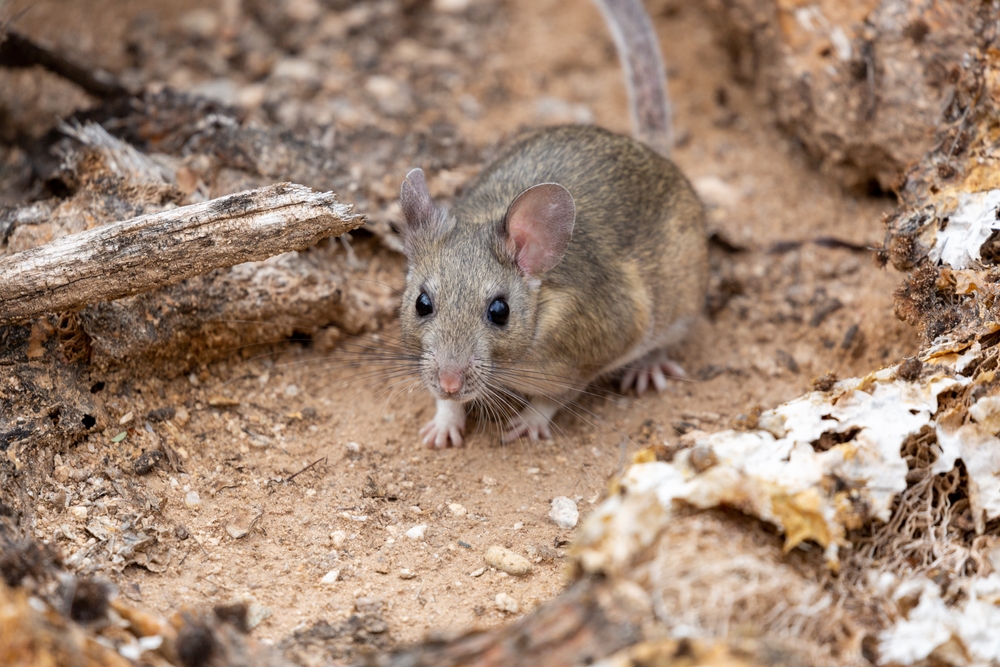
Woodrats, commonly called packrats, are known for collecting shiny objects and building large nests. While they might seem quirky, these rodents can spread hantavirus, plague, and typhus. Their nests, often made of various debris, can harbor fleas and other parasites, contributing to disease transmission.
8. Multimammate Rat: The Lassa Fever Culprit
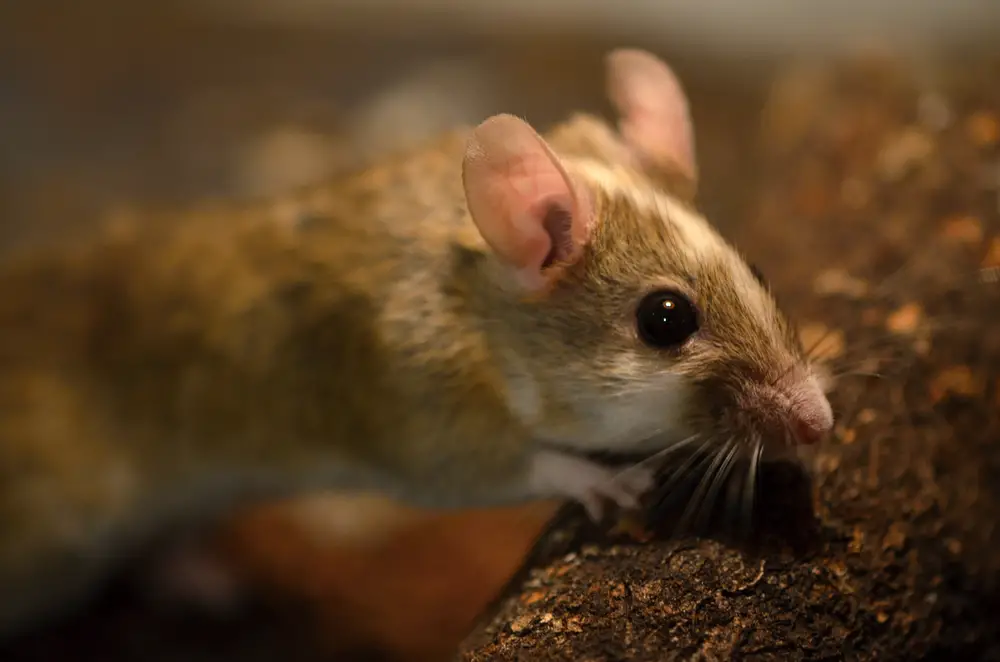
The multimammate rat is the primary reservoir for Lassa fever, a potentially deadly viral disease found primarily in Africa. While not commonly encountered in other regions, this rodent poses a significant public health risk in its native habitats, particularly in areas with poor sanitation.
9. Polynesian Rat: The Traveler with a Disease Portfolio
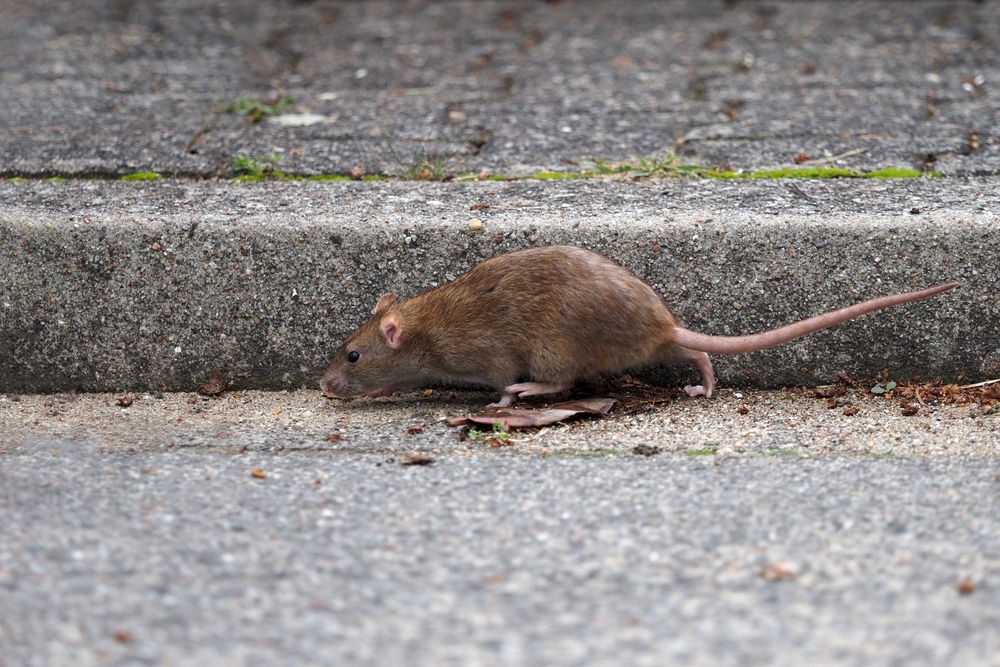
Polynesian rats have spread across many islands, often hitching rides on boats and ships. While they may seem less menacing due to their small size, they carry diseases like typhus and leptospirosis. Their ability to invade homes and food stores makes them a frequent problem in tropical regions.
10. Meadow Vole: The Field Rodent with Hidden Dangers

While less commonly associated with urban environments, Meadow voles can still spread diseases like tularemia and leptospirosis. Their burrowing habits and proximity to farmland often bring them into contact with livestock and water sources, creating indirect risks for humans.
11. Kangaroo Rat: The Jumping Hazard
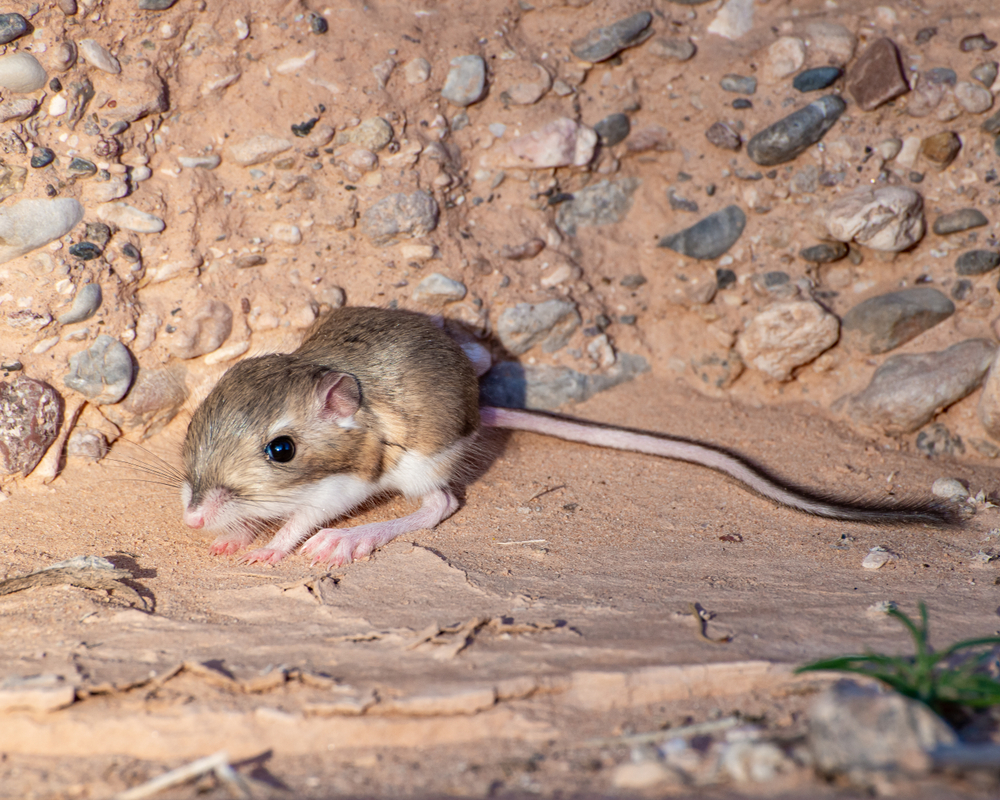
While kangaroo rats are native to arid regions and primarily avoid human habitation, they can carry diseases like hantavirus. Their burrows in dry, sandy areas might seem harmless, but disturbing them without proper precautions can release airborne pathogens.
12. Gray Squirrel: The Unexpected Carrier
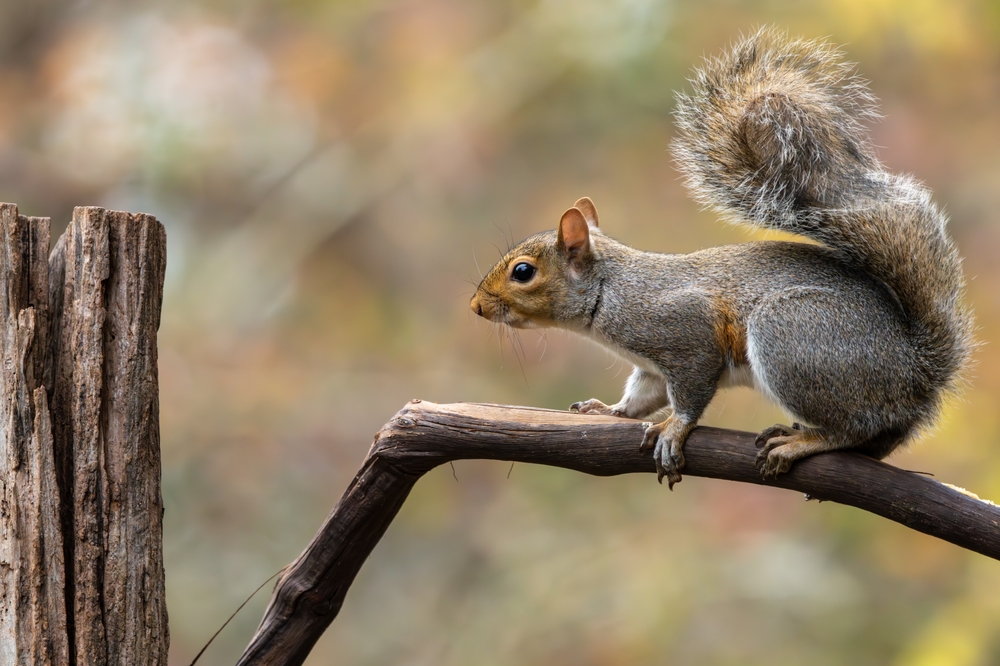
Although not a traditional rodent pest, gray squirrels can carry diseases like tularemia and leptospirosis, especially in urban parks. Their cute appearance invites close contact, but handling or feeding these squirrels can increase the risk of disease exposure.
13. Muskrat: The Aquatic Threat
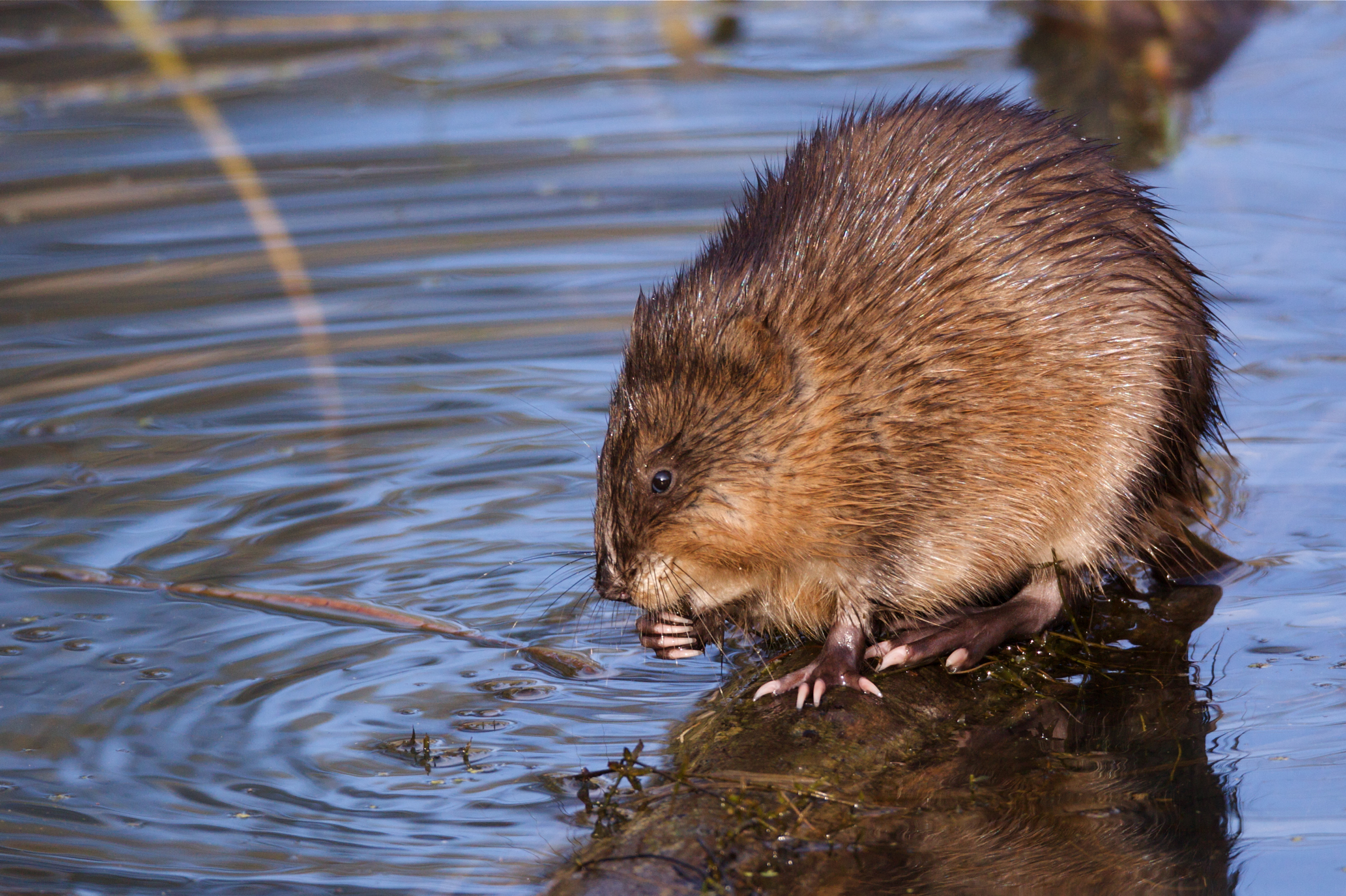
Muskrats, commonly found near water, are known carriers of tularemia and leptospirosis. Their burrowing habits can damage water systems and contaminate drinking water. While they may seem less threatening than land-based rodents, their impact on water safety makes them a significant public health concern.
